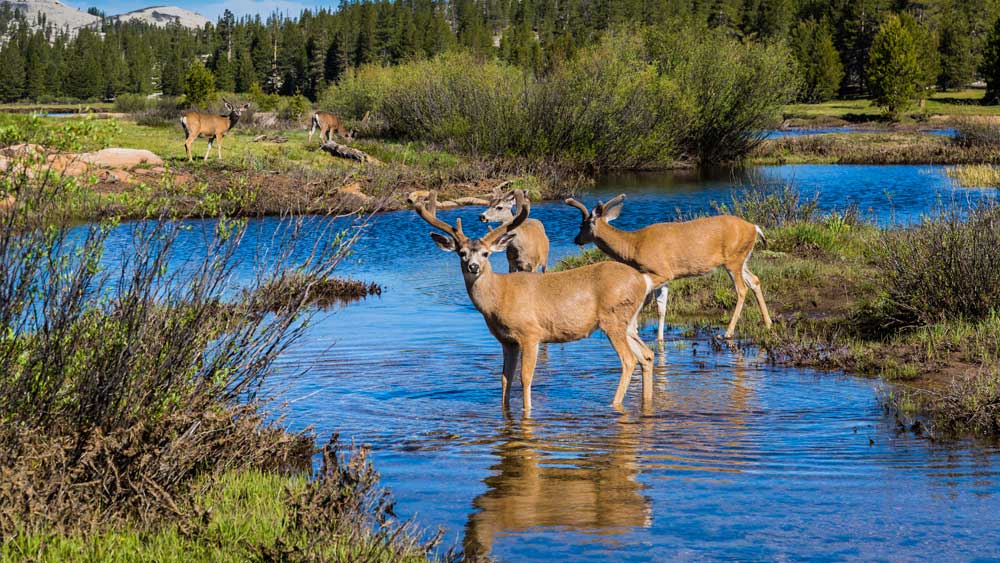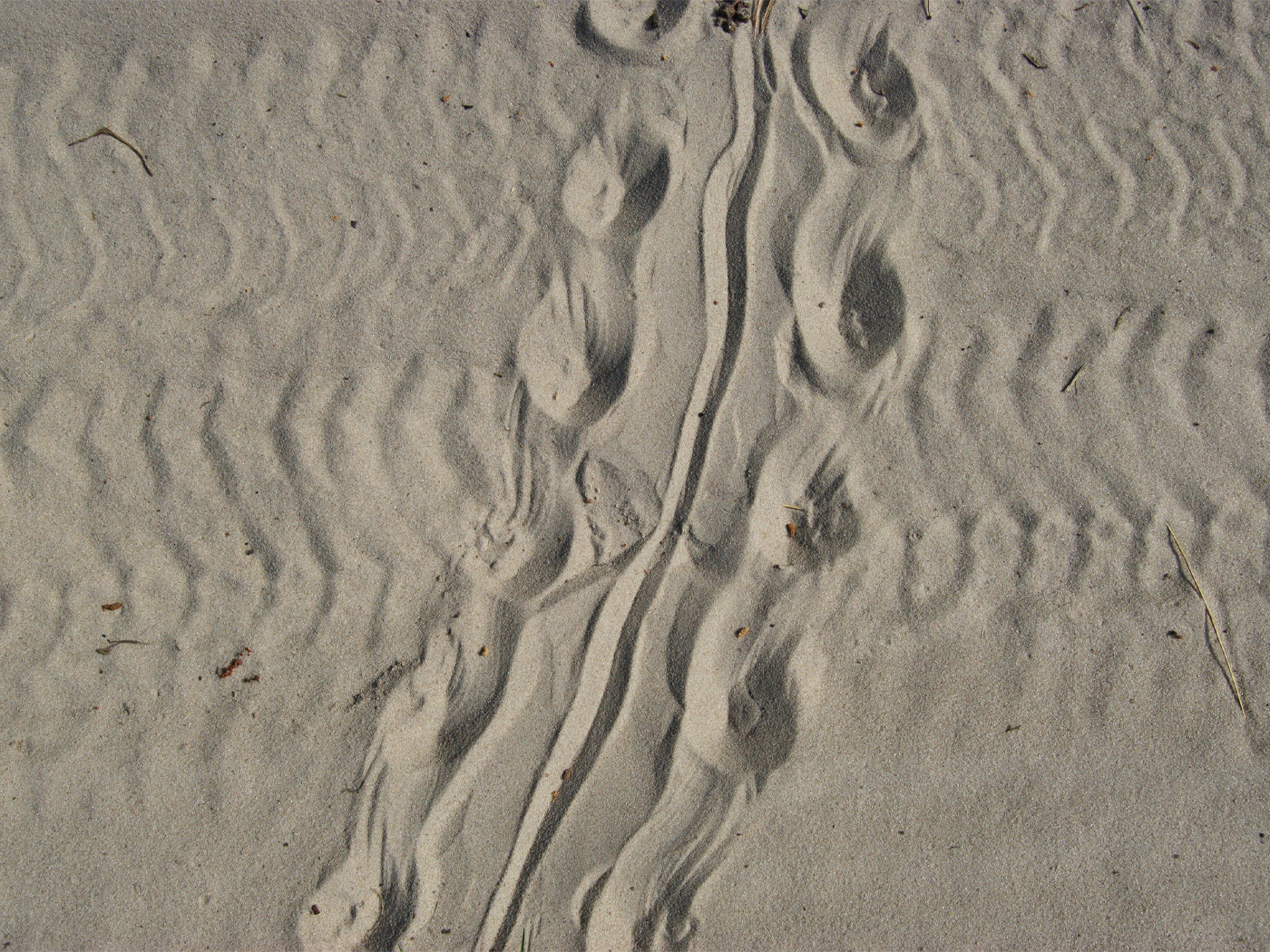For many in America and around the world, these are very turbulent and troubled times. But for some, not so much. For example, consider the wild cervids like mule deer (Odocoileus hemionus), one variety of which is popularly called black-tailed deer. Since they live in national forests and wildlife refuges, for them these times may be a bit of a relief.
Deer are one of the most populous of wild large mammals (as opposed to wild small mammals like marmots, squirrels, mice, rabbits, and pikas) inhabiting federal lands, which total about 640,000,000 acres.
In many of these lands, cervids like mule deer, white-tailed deer, elk, caribou (reindeer), and moose thrive. As a matter of range geography, mule deer inhabit states in the Rocky Mountains range (Wyoming, Colorado, Utah, Montana, etc.), plus a few contiguous states on both sides of that range (Oregon, Washington, Nevada, Nebraska, Iowa, etc.).1
And many of those mule deer dwell in federal lands, which are now restricted due to coronavirus response actions. Closed parks, banned hiking trails, curtailed hunting opportunities, and shelter-in-place restrictions mean more peace and quiet for these creatures.
Yet even deer, in calm times, get thirsty.2
The psalmist said that our souls should be thirsty in their longings to know God and to glorify Him, as if life really depends on it—and it does.3
Maybe we can use some of our daily opportunities in the midst of these turbulent and troubling times to satisfy our souls with some quiet time, with an open Bible and a prayerful heart, in personal worship and appreciation of our great Creator, Maker of heaven and earth and all who live therein—including mule deer and mankind.4
References
1. Mackie, R. J. 1987. Mule Deer. Restoring America’s Wildlife 1937-1987: The First 50 Years of the Federal Aid in Wildlife Restoration (Pittman-Robertson) Act. Harmon Killman et al., eds. Washington, D.C.: U.S. Department of the Interior, 265-271.
2. Psalm 104:10-11.
3. Psalm 42:1.
4. Johnson, J. J. S. 2014. A Hart for God. Acts & Facts. 43 (7): 17.
*Dr. Johnson is Associate Professor of Apologetics and Chief Academic Officer at the Institute for Creation Research.










